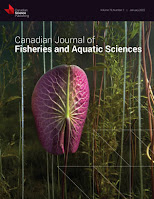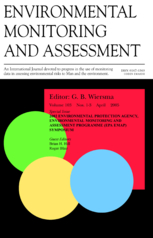Faiad S. 2022. Under what conditions can a novel invader (the marbled crayfish, Procambarus fallax f. virginalis) exert predation pressure on schistosome-competent snails? Master's thesis, School of Aquatic and Fisheries Sciences, University of Washington. http://hdl.handle.net/1773/49377
Abstract
The human burden of environmentally transmitted infectious diseases can depend strongly on ecosystem factors, including the presence or absence of natural enemies. Like natural enemies, non-native species influence the abundance and distribution of their prey and competitors, yet the impact of these invaders on the transmission of diseases remains largely unexplored. One environmentally transmitted infectious disease with potential to be influenced by natural enemies is schistosomiasis, a parasitic disease infecting over 200 million people across South America, Asia, and Africa. The marbled crayfish (Procambarus fallax f. virginalis) first appeared in Madagascar in 2005 and quickly spread across the country, overlapping with the distribution of freshwater snails that serve as the intermediate host of Schistosoma spp. worms. Marbled crayfish can tolerate a wide range of ecological conditions, colonize diverse habitats, and may serve as an enemy of schistosome-competent snails in areas where natural predators cannot–something that is urgently needed in a country where schistosomiasis prevalence in some villages can range up to 94%. Here, I experimentally assessed marbled crayfish consumption of uninfected and infected schistosome-competent snails (Biomphalaria glabrata and Bulinus truncatus) across a range of temperatures, reflective of the habitat range of the marbled crayfish in Madagascar. Crayfish consumption was significantly influenced by crayfish weight, as well as the interaction between weight and temperature. Compared to small crayfish, large crayfish experienced a greater increase in consumption at moderate temperatures (25 and 30°C) relative to extreme temperatures (15, 20, and 35 °C). The temperature at which the rate of consumption was highest (i.e., the thermal optimum) was estimated to be 31.1 °C for small crayfish (<3.90 g), 27.7 °C for medium crayfish (3.91 – 6.62 g), and 28.7 °C for large crayfish (> 6.3 g). Neither snail species nor snail infection status were significantly associated with consumption. My results suggest that ecological parameters, such as temperature and crayfish weight, influence rates of consumption and, in turn, the potential regulatory impact of the marbled crayfish on snail host populations.





